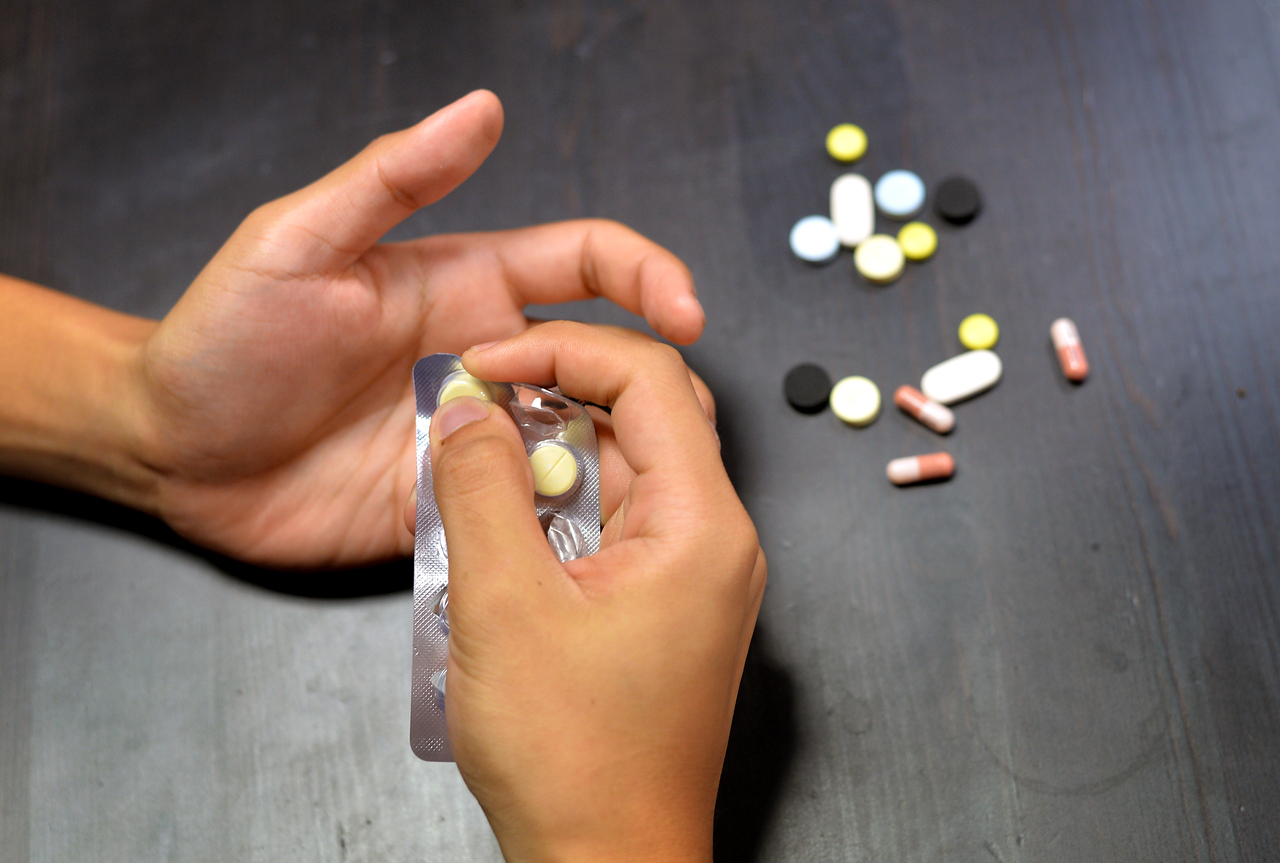More youth involved in drug abuse and sexual offences even as juvenile crime rate falls 43%
Sign up now: Get ST's newsletters delivered to your inbox

The number of young drug abusers rose by 10 per cent between 2016 and 2020, according to a new report on youth delinquency.
PHOTO: ST FILE
Follow topic:
SINGAPORE - The number of young offenders in Singapore fell by 43 per cent over the past decade, though more of them are now involved in drug abuse and sexual offences.
A new report on youth delinquency has found that the number of young drug abusers rose by 10 per cent between 2016 and 2020, while sexual offences, such as outrage of modesty and rape, committed by youth rose by 49 per cent in the same period.
First-time drug abusers accounted for 75 per cent of young drug abuse arrests, while the number of repeat young drug abusers more than doubled between 2016 and 2020.
The overall number of young offenders has fallen in the last decade from over 4,000 in 2010 to 2,400 last year.
The report, on offenders below the age of 18, was released at a virtual symposium held on Thursday (Sept 9) by the National Committee on Prevention, Rehabilitation and Recidivism (NCPR). Set up in 2018, the NCPR collaborates with government agencies, community organisations and volunteers to address offending and re-offending issues.
Over 1,000 participants, including school leaders, teachers, social and youth workers and law enforcement officers, attended the event for a dialogue on better supporting youth at risk and young offenders.
During his opening address at the event, Parliamentary Secretary for Social and Family Development Eric Chua noted the rise in substance abuse and sexual offence cases in the last five years and the worrying risks associated with exposure to pornography and addiction as children start to access the Internet at a younger age.
"While we cannot fully prevent our young ones from being exposed to pornographic material, we need to have open conversations with them on these topics, to educate and prepare them to interact appropriately with such materials that they may come into contact with. This is something that requires collective effort from all of us - as parents, caregivers, mentors and authority figures," Mr Chua said.
"While we continue to monitor these trends and identify emerging areas of work, we know that numbers do not completely reflect the diversity of circumstances that our youth face."
The top three most common crimes committed by youth in the last five years were shop theft, cheating and related offences, and sexual penetration offences, a trend which has remained consistent since 2014.
The Ministry of Social and Family Development (MSF) said the falling youth offending rate could be due to initiatives such as early intervention for youth in schools and the community, data-sharing between government agencies to better support youth in need and programmes which keep youth who commit minor offences out of the court system.
The report also outlined recent changes and pilot programmes to help at-risk youth and young offenders.
School-based pupil care centres were set up in all 186 primary schools last year, providing a safe and structured after-school environment to those in need.
The Singapore Police Force piloted a revamped programme from January to June this year in seven primary schools, raising awareness of policing work and educating pupils on crime prevention. The programme will be rolled out to all primary schools in January next year.
At the tertiary level, MSF plans to launch a pilot programme by the end of the year offering mentoring to students who leave the Institute of Technical Education prematurely.
Mental health concerns, relations with family members and challenges in the wider environment, like the pandemic, were some of the factors affecting at-risk youth and youth offenders, the report said.
It stated that attention deficit hyperactivity disorder (ADHD), oppositional defiant disorder (ODD) and conduct disorder were the three mental disorders commonly diagnosed among youth offenders.
Those with ADHD may have trouble focusing and get easily distracted by unrelated thoughts and stimuli.
Those with ODD may actively defy or refuse to comply with authority figures, while those with conduct disorder may violate age-appropriate social norms and rules.
Youth offenders who had a household member with a history of substance abuse were about two times more likely to join gangs and also more likely to abuse drugs than those who did not.
Exposure to crime, poor parenting and stigma associated with their family background were some of the possible reasons cited for the trend.
In his closing address at the symposium, Minister of State for Home Affairs and National Development Muhammad Faishal Ibrahim cited examples of collaborations between agencies which could improve support delivery, such as a two-year trial between the Singapore Prison Service (SPS) and family service centres (FSCs) to help families of offenders.
Dr Faishal, who is co-chairman of the NCPR along with Mr Chua, said: "Since commencing the pilot in October 2020, SPS has worked with about 450 families of inmates to assess their needs, and will continue to refer vulnerable families to the FSCs for support," he said.
He also noted the impact of the Covid-19 pandemic on youth, which could make difficult situations more challenging for them.
"They have had to adapt to the new norms of staying indoors, learning from home, and not seeing their friends as often as they would like. We all have a part to play to help those under our care meet these challenges. We can achieve even more by working together," he said.

